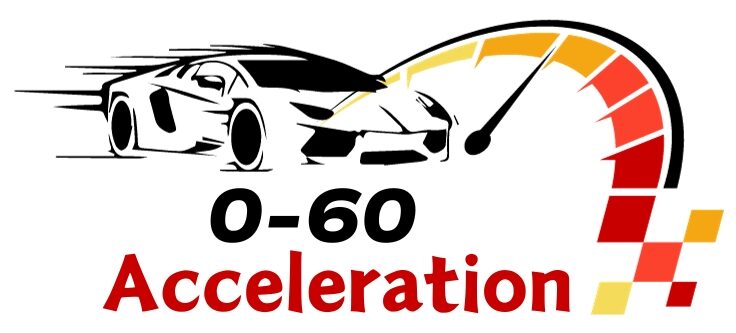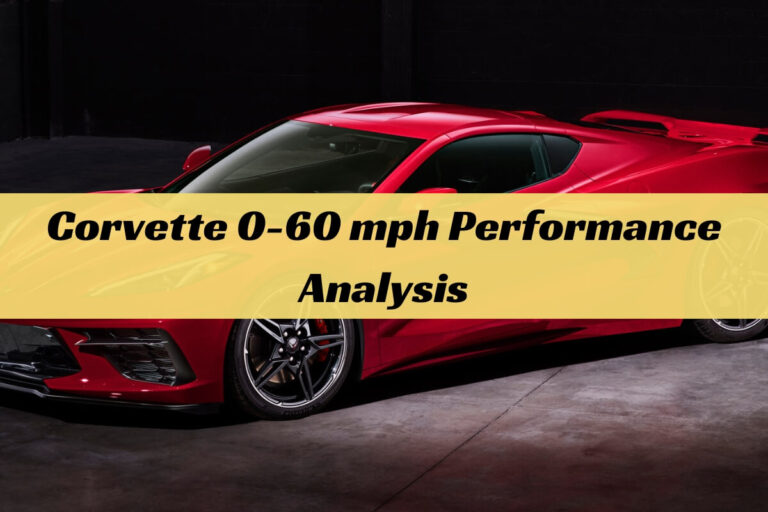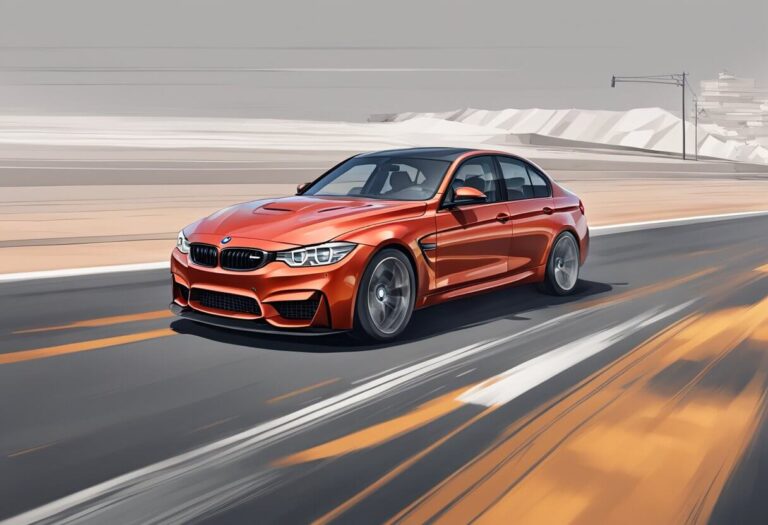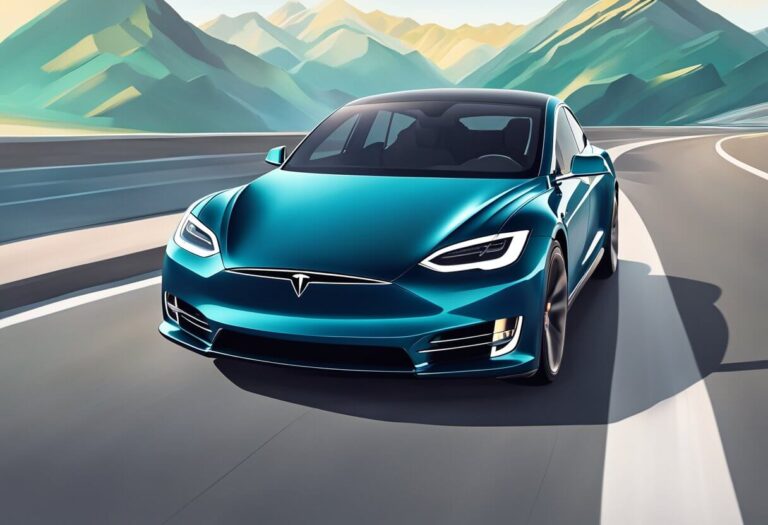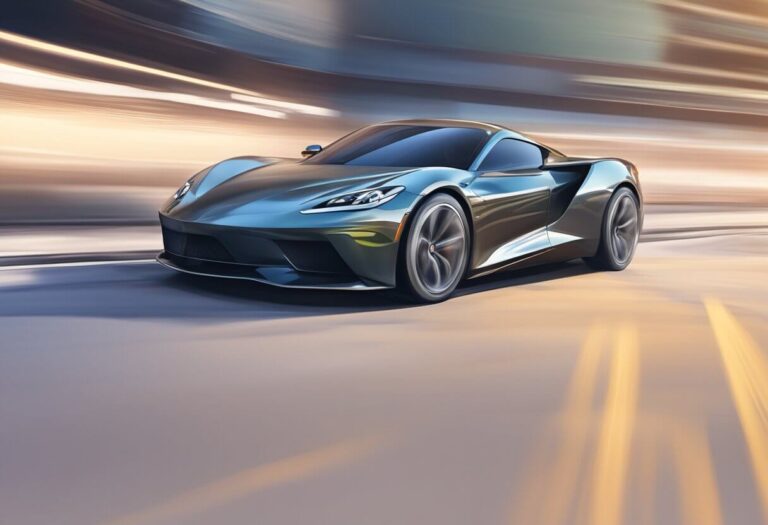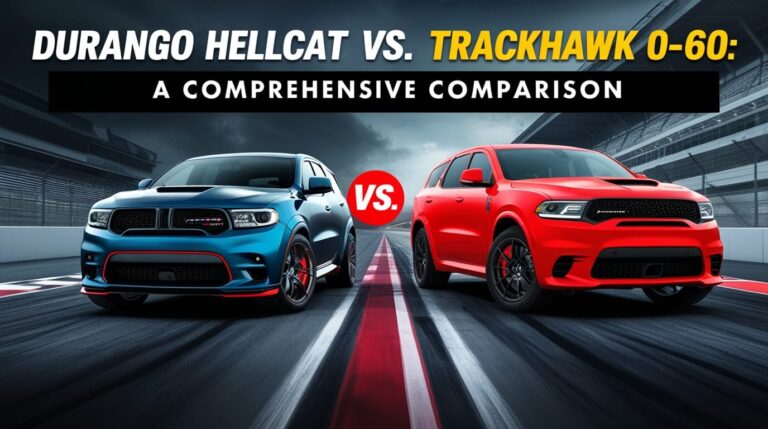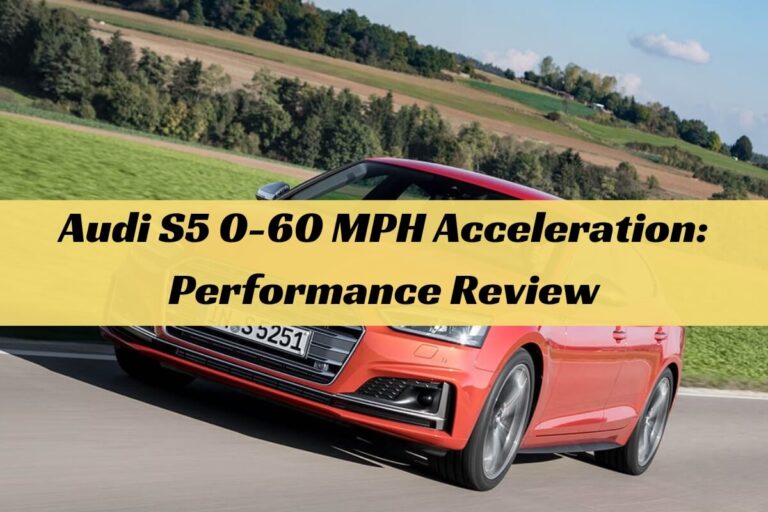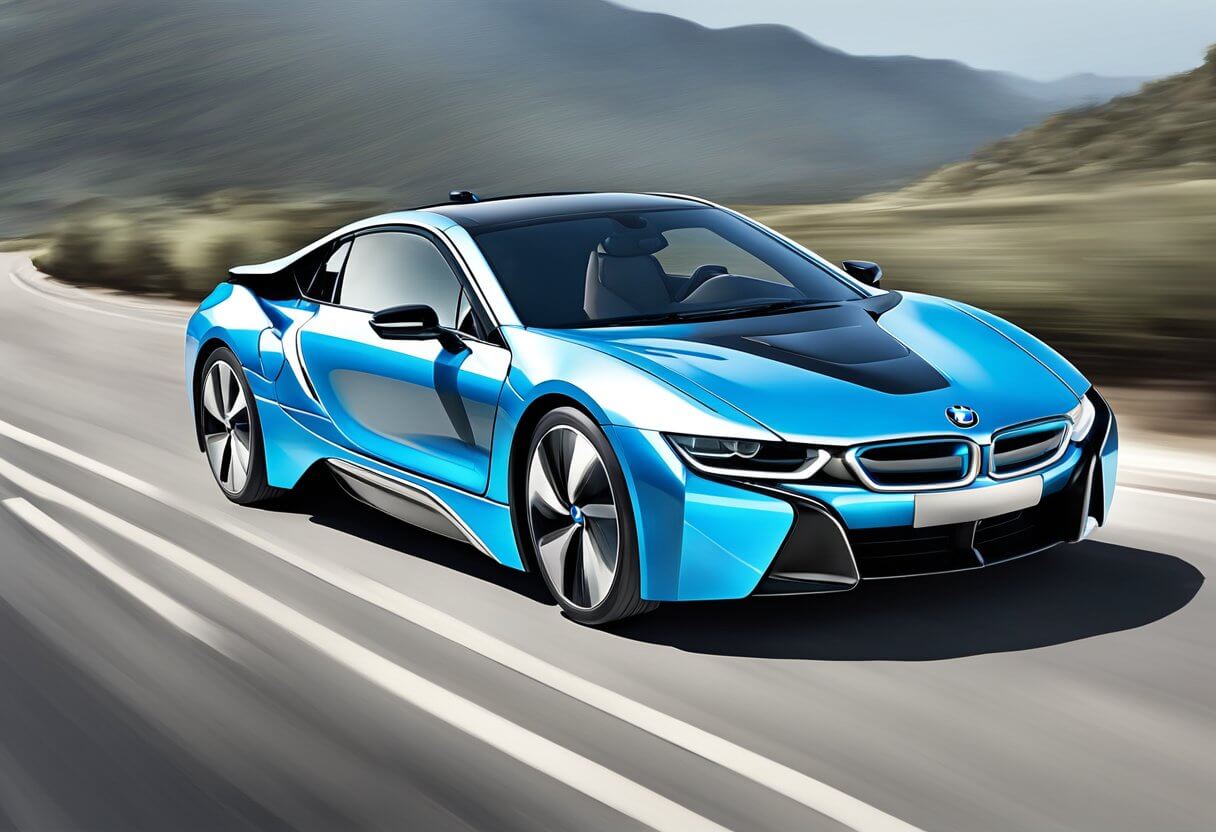
If you’re a speed enthusiast, the BMW i8’s 0-60 mph acceleration times will leave you awestruck. This sleek, futuristic sports car seamlessly blends cutting-edge hybrid technology with blistering performance, leaving conventionally-powered rivals in its wake.
But just how quick is the BMW i8 from 0-60 mph? And what powers this incredible acceleration? In this article, we’ll dive deep into the i8’s lightning-fast 0-60 times, explore its hybrid powertrain’s innovative engineering, and compare its quickness to other sports cars. We’ll also examine real-world tests, debate whether its performance merits “supercar” status, and discuss the i8’s overall performance specs.
What is the BMW i8’s 0-60 MPH Time?
According to BMW, the i8 Coupe can rocket from 0-60 mph in a scorching 4.2 seconds. The i8 Roadster, with its slightly higher curb weight, still blitzes to 60 mph in just 4.4 seconds. These are seriously quick times for any sports car, let alone one powered by a hybrid system.
It’s worth noting that independent tests have sometimes recorded even quicker 0-60 mph sprints for the i8. Motor Trend, for instance, clocked the i8 hitting 60 mph in a blistering 4.6 seconds. Times can vary based on factors like driving mode, conditions, and launch technique.
How Does the i8’s Acceleration Compare to Other Sports Cars?
To put the BMW i8’s 0-60 mph times into perspective, let’s compare its acceleration to some other popular sports cars:
- Porsche 911 Carrera S: 0-60 mph in 3.5 seconds
- Chevrolet Corvette Stingray: 0-60 mph in 2.9 seconds
- Jaguar F-Type R: 0-60 mph in 4.4 seconds
As you can see, the i8 matches or outperforms many powerful, conventionally-powered sports cars in the sprint to 60 mph. And it achieves this performance while also offering the fuel-sipping capability of a hybrid powertrain – a remarkable engineering feat.
The i8’s Hybrid Powertrain Explained
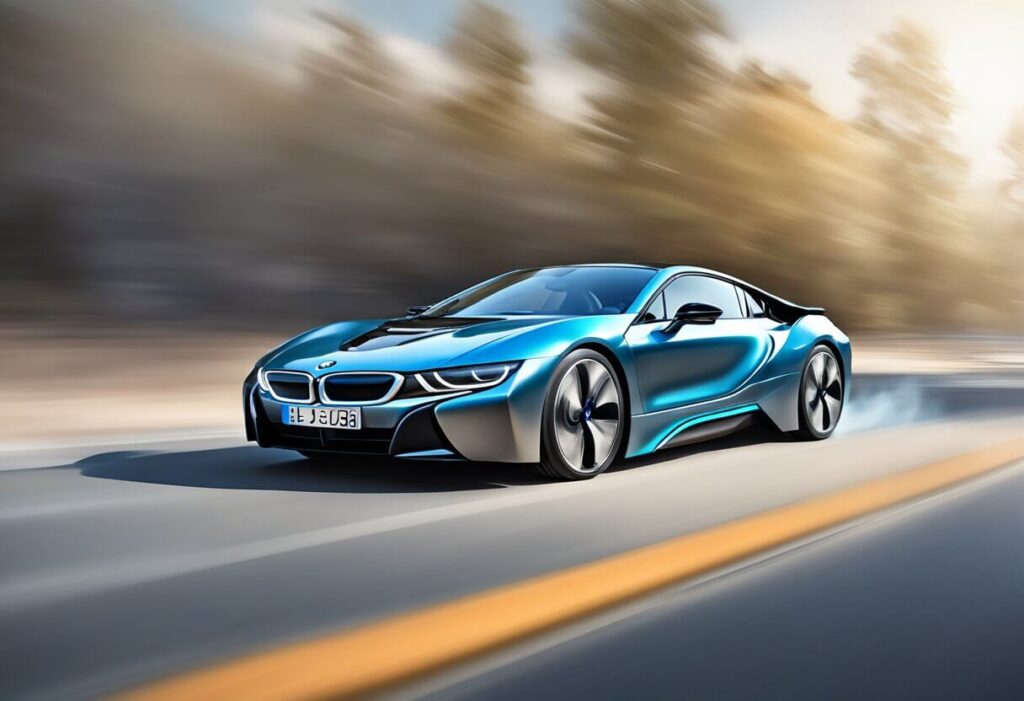
So how does the BMW i8 produce such eye-popping acceleration times? The answer lies in its innovative hybrid powertrain architecture.
The i8 uses a compact 1.5-liter turbocharged three-cylinder engine producing 228 hp and 236 lb-ft of torque. But that’s just half the story. An integrated 141 hp electric motor provides an additional 184 lb-ft of instantaneous torque to the mix.
Working together through BMW’s complex hybrid control systems, the gasoline engine and electric motor generate a potent combined output of 369 hp and 420 lb-ft of torque. This powers the i8’s unique “Power Split” all-wheel-drive system, with the electric motor driving the front wheels and the gas engine powering the rears.
Factors Contributing to the i8’s Lightning Acceleration
While the i8’s powertrain is undoubtedly impressive, several other key factors enable its scintillating 0-60 mph times:
Low Curb Weight: Thanks to lightweight carbon fiber reinforced plastic (CFRP) construction, the i8 Coupe tips the scales at just 3,455 lbs – relatively light for a mid-engine sports car. Less mass means the available power can accelerate the i8 more rapidly.
50/50 Weight Distribution: The intelligent packaging of the i8’s components results in an ideal 50/50 front-to-rear weight distribution. This maximizes traction for optimum acceleration.
Instant Torque from Electric Motor: Unlike a conventional gas engine, the i8’s electric motor provides massive torque from a standstill. This low-end shove gets the i8 off the line with incredible force before the gas engine’s power joins the party.
Advanced Traction/Stability Systems: With torque being independently supplied to all four wheels, the i8’s traction control can prevent wheel slip and wasted power. This ensures maximum forward thrust during hard acceleration.
Real-World 0-60 MPH Tests and Times
While BMW’s official 0-60 mph estimates for the i8 are eye-opening enough, real-world instrumented tests have recorded even quicker times on certain examples.
As mentioned, Motor Trend was able to achieve a blistering 4.6 second 0-60 mph run in the i8 Coupe. And CarandDriver clocked the i8 Roadster sprinting to 60 mph in 4.1 seconds flat.
These times demonstrate just how potent and consistent the i8’s acceleration can be under ideal conditions and in its most aggressive driving modes. However, they are still outliers, with most production i8s likely landing closer to BMW’s claimed 4.2-4.4 second times.
Is the i8’s 0-60 Time Suitable for a “Supercar”?
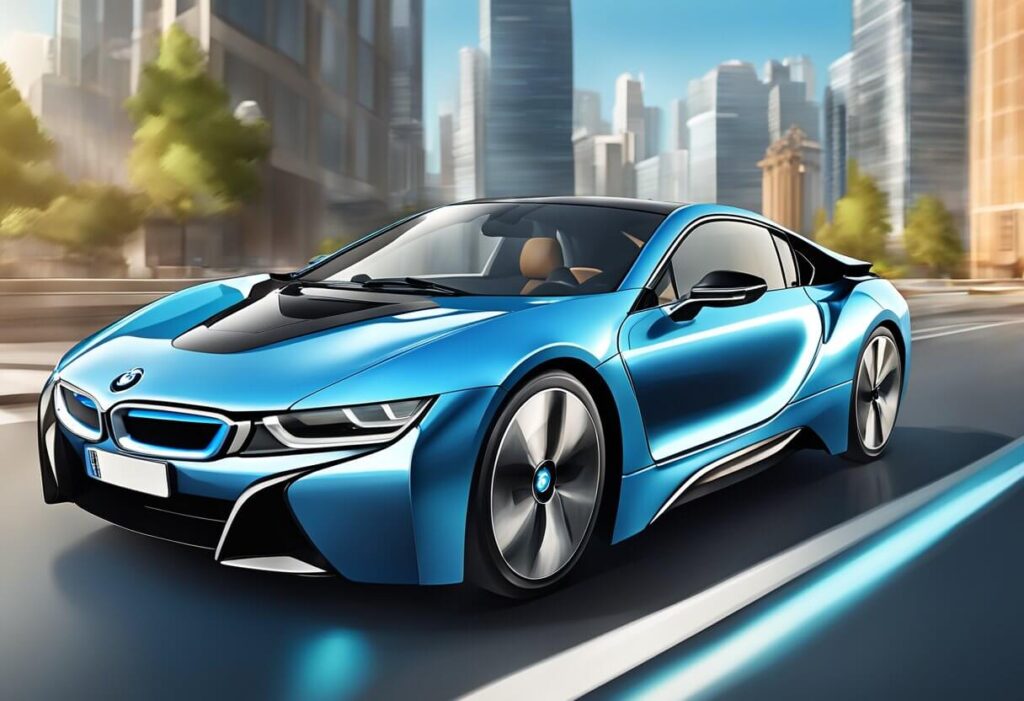
Given its exotic styling and six-figure price tag, the BMW i8 is frequently mentioned in the same breath as “supercars” like Ferraris and Lamborghinis. But do its 0-60 mph acceleration times truly place it in that ultra-elite performance category?
In short: not quite. While the i8 is certifiably quick by any measure, most modern supercars are capable of shattering the 3-second barrier to 60 mph. Some examples:
- Ferrari 488 Pista: 0-60 mph in 2.7–2.85 seconds
- Lamborghini Aventador SVJ: 0-60 mph in 2.5 seconds
- McLaren 720S: 0-60 mph in 2.8 seconds
So while the BMW i8 has the looks and performance to humiliate many conventional sports cars, it ultimately falls a half-second or so behind the true supercars in the sprint to 60 mph. Its hybrid powertrain trades that last nth of acceleration for improved efficiency.
The Complete BMW i8 Performance Specs
Of course, acceleration is just one dimension of overall performance. Here’s a quick overview of the BMW i8’s key performance metrics:
- Top Speed: 155 mph (electronically limited)
- Quarter Mile Time: 12.9 seconds @ 112.1 mph (Motor Trend)
- 0-60 mph: 4.5 seconds
- Braking 60-0 mph: 111 feet (Motor Trend)
While impressive, these numbers cement the i8 as more of an extraordinarily quick GT car than an all-out performance weapon. Its hybrid powertrain, decent electric range, and daily-driving comfort are at odds with the stripped-down, single-purpose nature of most supercars.
Does the i8 Sacrifice Practicality for Performance?
One key advantage the BMW i8 has over ultra-high-end supercars is its blend of scintillating performance and reasonable daily-driving practicality – at least by exotic car standards.
Thanks to its innovative hybrid powertrain and modest battery pack, the i8 can achieve up to 76 MPGe in electric mode and has a total range of over 330 miles. This allows emissions-free urban commuting paired with long-distance touring ability.
The i8 also features a relatively livable two-seat interior with ample headroom and some trunk space. It’s not a car suited for hauling cargo, but it’s a vast improvement over the confining dimensions of a McLaren or Ferrari.
So while die-hard performance enthusiasts may grumble about the i8’s compromises, its combination of electrifying acceleration, head-turning looks, and pragmatic livability make it an incredibly well-rounded and innovative machine. The 0-60 mph times alone are just one dimension of this genre-bending sports car.
